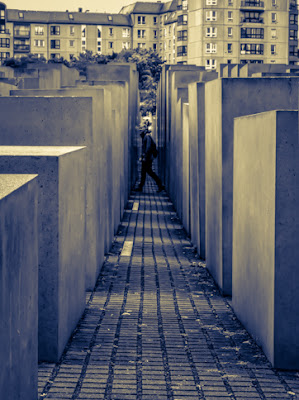Am I a professional photographer?
10,000 hours… Malcolm Gladwell is famous for saying that we need at least 10,000 hours to learn a new skill. This is about 5 years of work and practice. I scratch my head in disbelief.
The problem is I don’t have 5 years to learn photography. I don’t want to be a professional photographer for the national geographic. I’m not hoping to be an expert. I just want to take photos that I can show off to friends and family, frame it, or hang it on my wall. Photos that I can post on social media, put hashtags, and gain hearts and likes. I just want to be a hobby photographer. I grab my camera maybe just once a week.
Fortunately, I saw Josh Kaufman’s TED talk. He says that in order to reach amateur level of a certain skill one has to practice it for only 20 hours.
Be sure to make your goals tangible and attainable. Put a time limit, if necessary.
That’s 2-3 months of daily practice. I dust off my camera bag and prepare to take a shot.
Setting goals
Step 1: Read and research. More importantly, list down measurable goals at the end of the 20 hours.
How would I objectively say that I’ve picked up a new ability? How do I say that I have learned photography in the amateur level? I’m like a ship without a sail, a map without a compass, a sailor without direction. My solution is to list the type of shots I wanted to take in Europe as indicators of my skill.
Be sure to make your goals tangible and attainable. Put a time limit, if necessary.
You might be interested in my list so here it is:
Bokeh – shot in which the subject is in focus but the background or the foreground is blurred
Taken in our favorite bar in Budapest called "Golya".
Notice that the background is blurred compared to the main subject.
Silhouette – subject is seen as a dark shape or outline
Shot in Hong Kong airport
Natural frame – using objects, usually doors or windows, in the foreground to frame the subject
Taken in a museum in Prague, Czech Republic.
I used the old door to frame the walking tour group.
Mirror shot – shot of a subject and its reflection in the mirror
Enjoying a gelato in Rome.
Long exposure – long duration of shutter in order to clearly capture still objects while blurring moving objects
Taken in Kalvin Ter in Budapest, Hungary.
Notice how the moving cars create a streak of light while the buildings are clear.
Spiral – composing a spiral object such that it follows the Fibonacci sequence or the golden ratio
The famous spiral staircase in the Vatican Museum in the Vatican City, Italy
Leading lines – composing the shot so that dominant lines, such as roads or edges of buildings, lead to the subject
Taken in the Holocaust Museum in Berlin, Germany.
Notice how the concrete stelae form lines that lead to the man walking by.
Walking – just capturing subjects walking or running
Shot in the Memento Park in Budapest, Hungary.
Notice how the subject imitating the statue in the background forms a pattern.
Landscape – showing interesting features of an area, especially countryside
Taken in Budapest, Hungary showing the Parliament Building and the Danube River
As I said, this is novice stuff. I am a beginner with a long way to go before reaching the mountain's peak. I might post some tutorials regarding some of the shots mentioned above.
But for now, it’s your turn to discover Josh Kaufman’s steps 2 to 5. Grab your cameras, adjust the settings, point, and shoot!
What do you think of my list? I hope it serves as a good starting point for practice for you guys.
Watch Josh Kaufman's TED talk here.









No comments:
Post a Comment